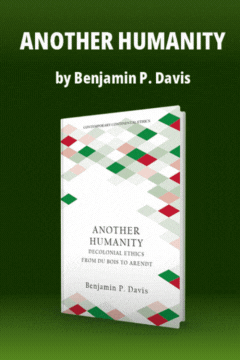Communitas and Its Impact on City Planning
Communitas and Its Impact on City Planning
The city planner’s approach to the improvement of society differs sharply from that of the intellectual. The planner seeks improvement by manipulating spatial relationships, that is, through the coordination of the natural environment, space, and man-made land uses such as buildings, neighborhoods and highways. Except for a quite recent concern with the economic base, the planner has paid little attention to the social structure or economy of the city. In essence, he believes that the well-planned and esthetically pleasing community will assure a good life for its citizens.
For some time now, this approach—called physical planning in the professional jargon—has been under attack from various quarters. During the 1950s it became increasingly clear that the old and new ailments of the city could not be healed by such physical solutions as project planning, zoning, master planning and urban renewal. Projects such as New York’s Lincoln Square and Philadelphia’s Penn Center are still being proposed and built, but it is doubtful that they can revitalize downtown or stem the flow of middle-class residents out of the city. Progress is being made with zoning ordinances and master plans, but so far, neither the new concepts drafted by the planners nor the watered-down versions that are finally adopted have solved downtown congestion or halted the spread of slums. Urban renewal has resulted primarily in subsidized luxury housing, and the transfer of slum...
Subscribe now to read the full article
Online OnlyFor just $19.95 a year, get access to new issues and decades' worth of archives on our site.
|
Print + OnlineFor $35 a year, get new issues delivered to your door and access to our full online archives.
|






